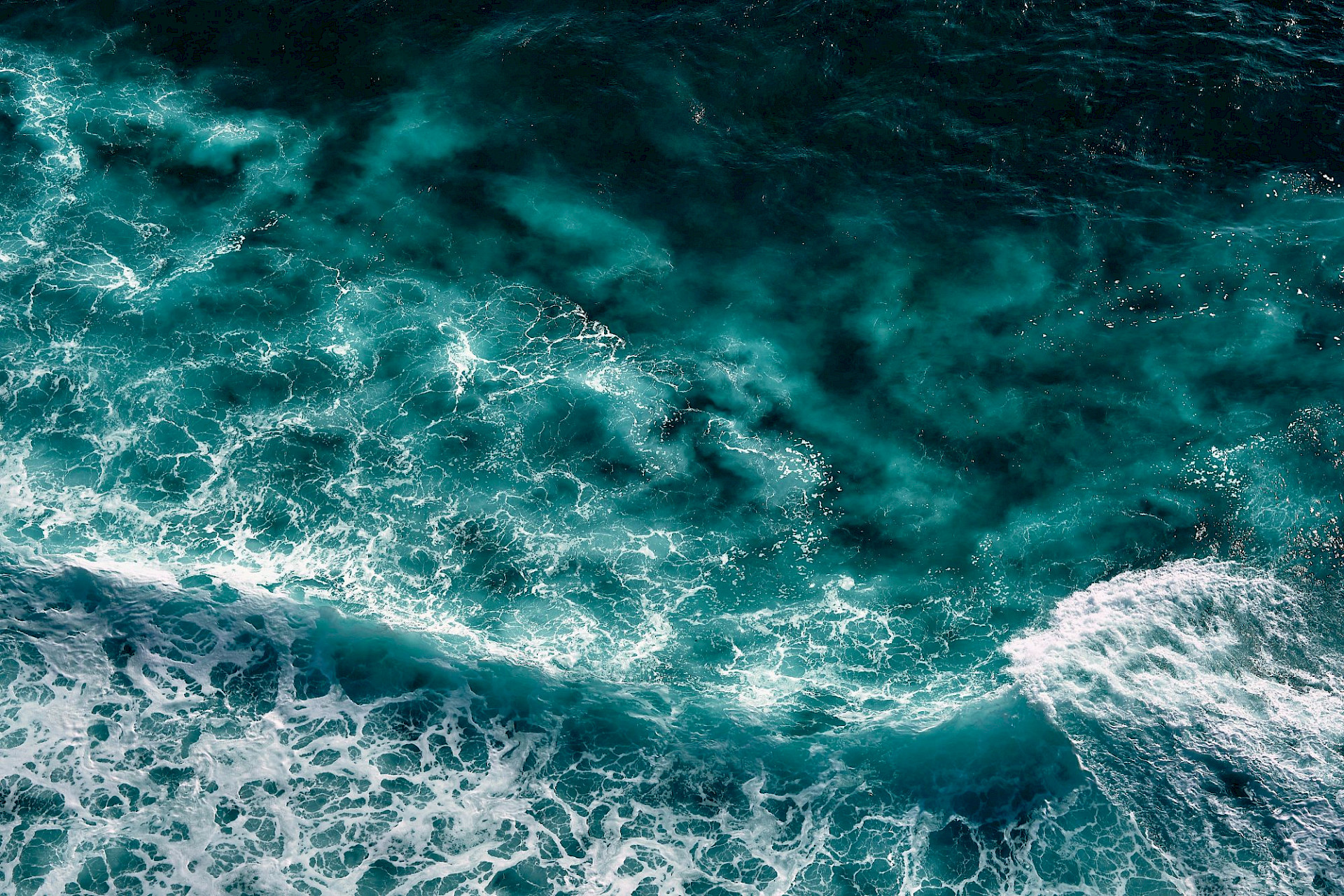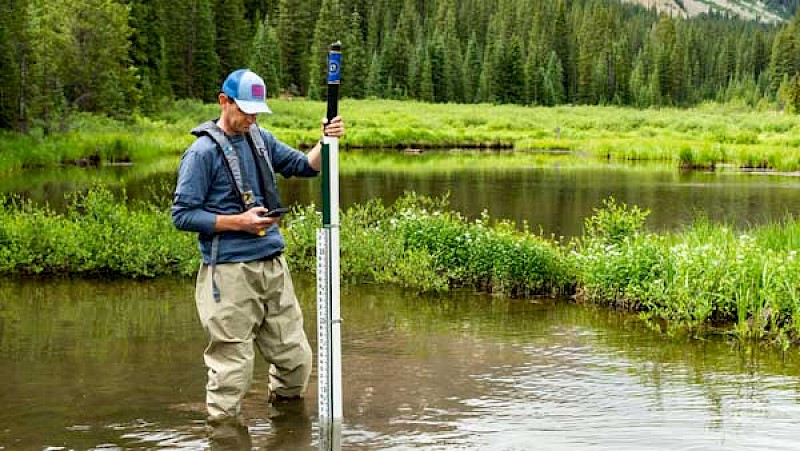Product overview
Level sensors
The precise recording of series of water levels that are as complete as possible forms the basis for the hydrological description of the situation surrounding a body of water, the processes occurring within it as well as the conduct to be expected and therefore also the water balance.
In addition to the purely hydrological significance, this information also has practical use, for example for flood water warning, for the planning and management of water management and hydraulic installations and for shipping.
Our products in Level sensors
Things to know about water level measurement
Levels are systems for determining the water level. Level measurements are carried out both in surface water and groundwater. Depending on the goal of the measurement (required accuracy, temporal resolution,required data availability, etc.) and the local conditions various systems may be used.
Staff gauge
The staff gauge is the classic method for determining the water level in surface waters. A staff gauge with a printed scale is permanently installed in the water body, often on the embankment in the case of flowing waters, so that the current water level can be read at any time. Staff gauges must be calibrated to zero and installed exactly vertical as part of the installation process. For installation on sloping banks, staff gauges are available with scale imprints adapted to the angle of the slope.
With pressure sensors, the load of the above lying water column is determined. From this the height of this water column can be determined. Since strong flow movements exert additional forces on the sensor, this measurement method is more suitable for static and slow flowing waters. Level measurements in groundwater are generally realized through pressure measurements. Measuring systems with pressure sensors are available in many versions, as mobile hand-held instruments, medium and long term sensors with integrated data loggers or only for displaying current values. Therefore they allow the widest range of application.
The pressure transducers used are fundamentally distinguished in two types:
- Unvented (or absolute) pressure sensors measure the pressure towards a vacuum. Thus they measure the pressure of the overlying water column, including the atmospheric pressure at the water surface. The measured pressure must then be corrected for the atmospheric pressure. For this purpose additional atmospheric pressure sensors should be installed at the measurement site. For nearby weather stations, the measurement values of the weather station may be used.
- Vented (relative) pressure sensor are opened to the atmosphere and measure the pressure of the water column directly towards the atmosphere. The values do not need to be corrected. Vented sensors are more accurate, save labor in the evaluation and require no additional atmospheric pressure sensor. Through the opening to the atmosphere, however it is possible that moisture enters into the sensor. If continuous water drops build up in the opening to the atmosphere (capillary in sensor cable) they clog the opening and prevent a correct pressure measurement. If the moisture enters the sensor, it can cause permanent damage. Desiccants help to prevent the entry of moisture. The regular exchange of the desiccant is therefore a must for lasting functionality of vented pressure sensors.
For very humid conditions and at measurement sites prone to floodeing, it is better to use unvented systems. An alternative method to determine the water level by the pressure of the overlying water column are bubble sensors. These emit a bubble of air underwater. The pressure, that needs to be applied to emit this bubble corresponds exactly to the pressure above it. The advantage of these systems is that the sensor is not installed under water, but in the pressure line. These systems are often used in permanently installed measuring levels in surface waters.
The sensors are installed above the water surface and determine the distance between the sensor and the water surface, for example by ultrasonic or radar measurement. Advantage of this measurement method is that the sensors are, in contrary to the pressure measurement, not influenced by flow movements and thus can be used in strong flowing waters.
Further they can also be used for very low water levels ( from 1 mm, depending on the resolution), whereas the pressure measurement always requires a minimum water level, since the sensor must be submerged completely. In waters with high sediment load this measuring method is recommended because here sediment easily deposits in or over the pressure sensors and then influences measurement. Furthermore, these sensors are damaged in case of freezing water because they are installed outside the water. This measurement method is only suitable for waters with moderate water level fluctuation. Excessive humidity and fog can interfere with the measurement. This sensor type is mainly designed for permanent installation.
To determine the water level in containers, cans, bottles or also standpipes connected to water bodies, level sensors specifically designed for these small scales are available. In addition to pressure and distance sensors further measurement principles, such as capacitive sensors, are available. These sensors can also be installed through the wall of the pipe or vessel, or on the outside thereof.
Contact us
Are you looking for a strong partner and a sustainable cooperation? Then simply get in touch with us! We love exciting and challenging projects around environmental technology.


